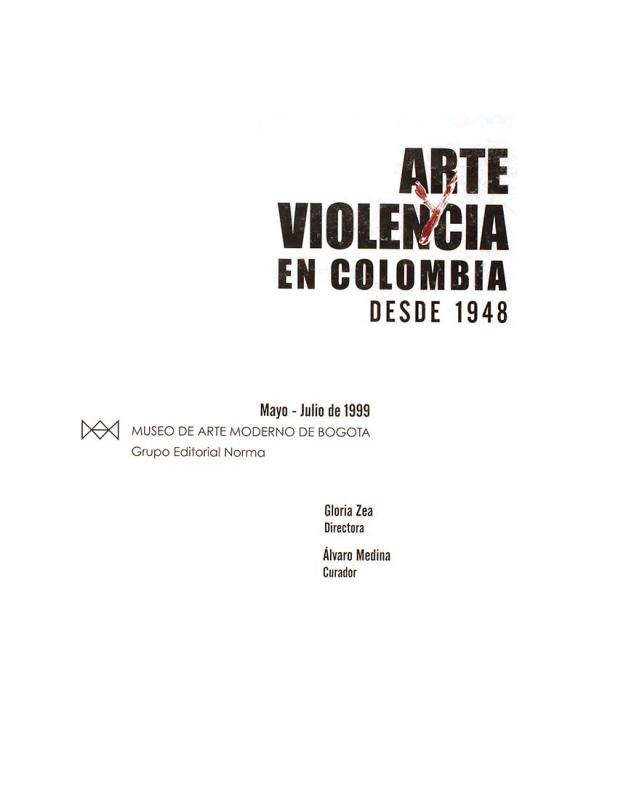Álvaro Medina (b. 1942) argues that the relationship between art and violence in Colombia has been central to Colombian art history of the second half of the 20th century. The following are among the topics to have been addressed by Colombian art in the sixties and seventies: injustice, social protest, lack of democracy, and the iconography of revolutionary leaders. Examples of work along these lines include the portrait of Ernesto “Che” Guevara by Pedro Alcántara (b. 1942) in his lithograph Los sueños no tendrán frontera [Dreams with No Borders] (1968) and the painting Homenaje a Camilo [Torres] [Homage to Camilo] (1967) by Alejandro Obregón (1920−1992). Father Camilo Torres (1929−1966) is a controversial figure in the socio-political history of Colombia. An ordained priest, he founded the Sociology School of the Universidad Nacional (Bogotá campus) and eventually joined the Ejército de Liberación Nacional (ELN), which engaged in armed struggle. He was killed in combat soon after becoming a guerrilla fighter.
A growing number of artworks that address revolutionary violence were produced in the context of world events like the triumph of the Cuban Revolution (1959) and the Vietnam War (1958-1975). Many of these works were made using graphic media that facilitate reproduction and circulation. In 1972, Nirma Zaráte (1936–1999), Diego Arango (b. 1942), Carlos Granada Arango (b. 1933), and Umberto Giangrandi (b. 1942) formed the Taller 4 Rojo, a collective whose prolific work in the graphic arts dealt with social topics.
Other texts that address the topic of art and violence in the second half of the 20th century include “Arte y Violencia Bipartidista en Colombia” [doc. no. 1132288] and “Arte y violencia en la era de narcotráfico en Colombia” [doc. no. 1132372].


